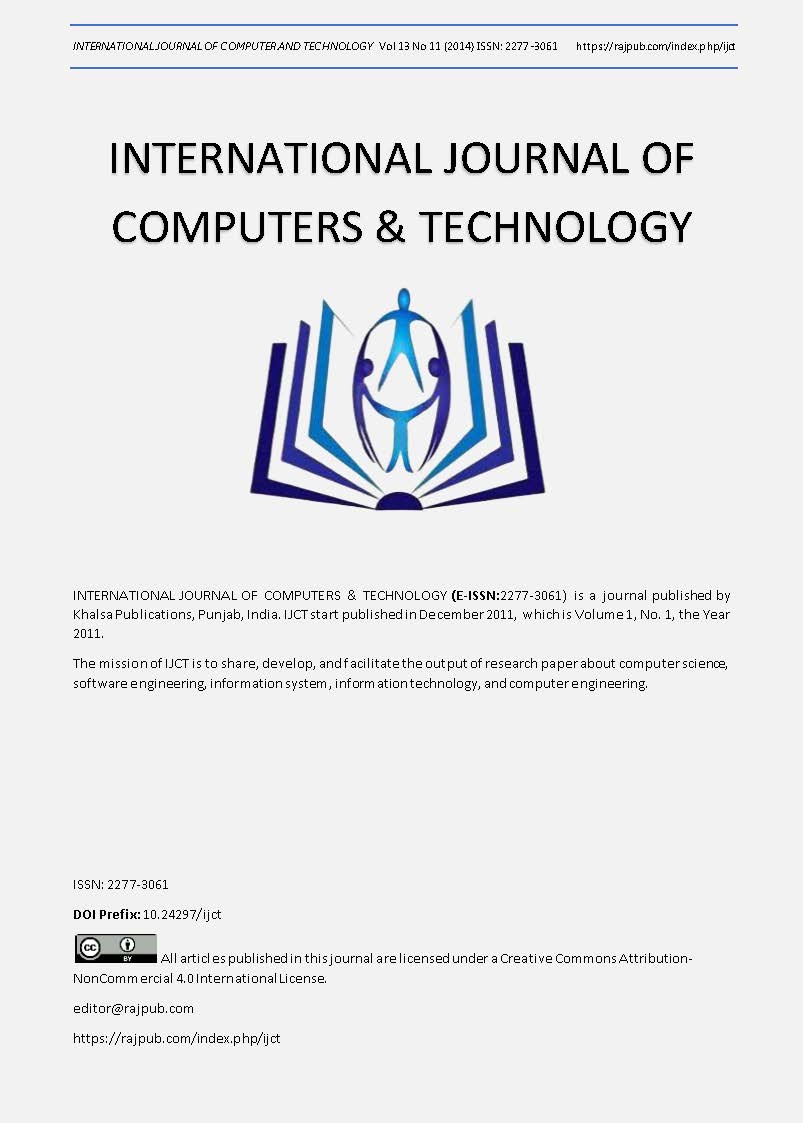Theoretical and Computational Perspectives of Arabic Morphological Analyzers and Generators : Theoretical Survey
DOI:
https://doi.org/10.24297/ijct.v13i11.2782Keywords:
Morphology, Arabic Morphology, NLP, Computational Morphology, Morphology Approaches.Abstract
Morphology analysis is an essential part of most applications of natural language processing (NLP) which included different applications like Machine Translation (MT) and language rule based Information Retrieval (IR). Many Arabic morphological systems had built for different purposes with different algorithms and approaches; this paper is considered a survey of Arabic Morphological system from researchers’ perspectives and approaches used to build them. Based on this survey; in the first part of this paper; the perspective of Arabic morphological systems had been classified into two major issues; one of them is the theoretical perspective and the second is the computational perspective of Arabic morphology. While the second part of this paper deals with approaches used to build the Arabic Morphology systems itself which are Table Lookup Approach, Combinatorial Approach, Linguistic Approach, Traditional Approaches, Finite-state Automata and Two-Level Morphology Approach and Pattern-Based Approach.









